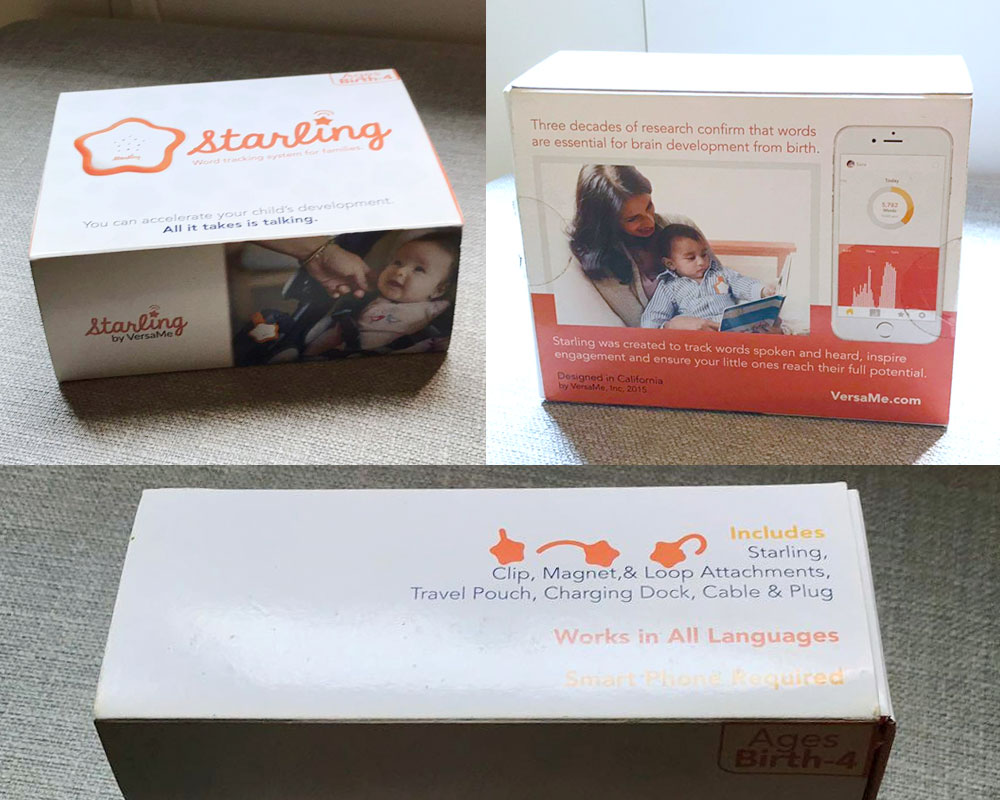Illustration > VersaMe
Being able to draw gets you out of a lot of sticky design situations. Maybe I lean on it too much, but if I need a technical illustration of a product I’m doing a brochure for, it’s easier for me to just whip one out myself without having to go find someone to do it, get an estimate, get an ok to spend the money, wait for them to fuck it up a couple of times before I like it and then get back to work. Who’s got time for that?
CHEATING: Yep. This is my animation cheat. Same head, different mouths. This is what I gave my talented After Effects friend so he could do the fake animations for our video.
CHEATING: Same with this. I gave him a ton of different mouths for both characters so they’d look like they were blabbing.
CHEATING: Same here. Below is all this cheating in action. :-)
Being an illustrator also comes in handy getting ideas across. Fast. When I was working with VersaMe (they made the Starling early education wearable), I had LOTS of opportunities to put my drawings to work. I’d had to make a series of YouTube videos, from scratch, in about a week. So I figured out an idea that would work, populated the spots as much as I could with stock photos and then filled in the gaps by hand. The spots were heavy on After Effects (lots of stuff zooming in and out and such) so the drawings had to have a little extra something something to spice things up.
Oh, I’m no animator. I mean, I’d love to be, but I don’t have the time. So I faked it. I drew out tons of key frames and handed them over to my After Effects editor to do his magic with ‘em.
There were also a lot of technical drawings to be used in gif animations I’d end up building for onboarding tutorials. But the really fun stuff, personally, was concepting story ideas for an educational gaming app we were developing to tie into the Starling. We had a handful of story ideas that we wanted to test via Facebook ads. Really shoestring market research – the ad with the most clicks for more info was the theme that won. I’m a big fan of those old Bell Science Films, and I wished and wished that the child-brain-cross-section idea was the winner. It totally wasn’t. Mad Face Emoji!
DAVE SOPP – Creative
Yep, that’s me. I’ve got over 20 years of marketing strategy, graphic design, advertising art direction, and illustration experience. Want to use some of it? Email me at dave@davesopp.com

















































